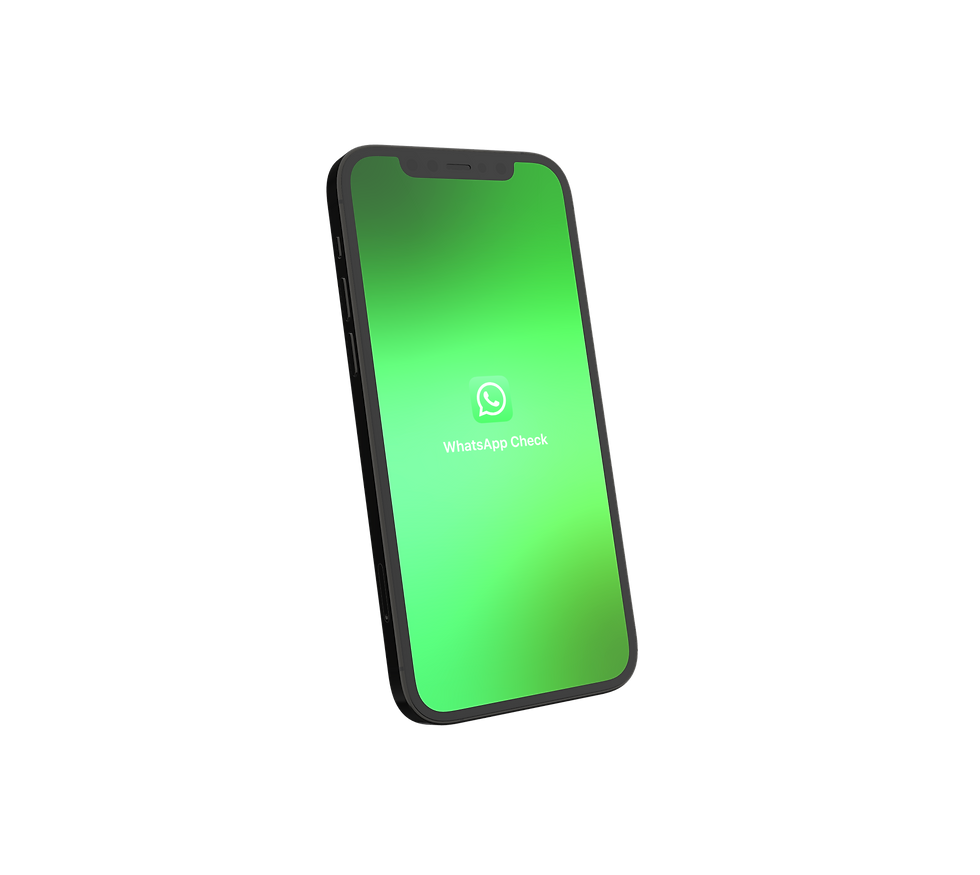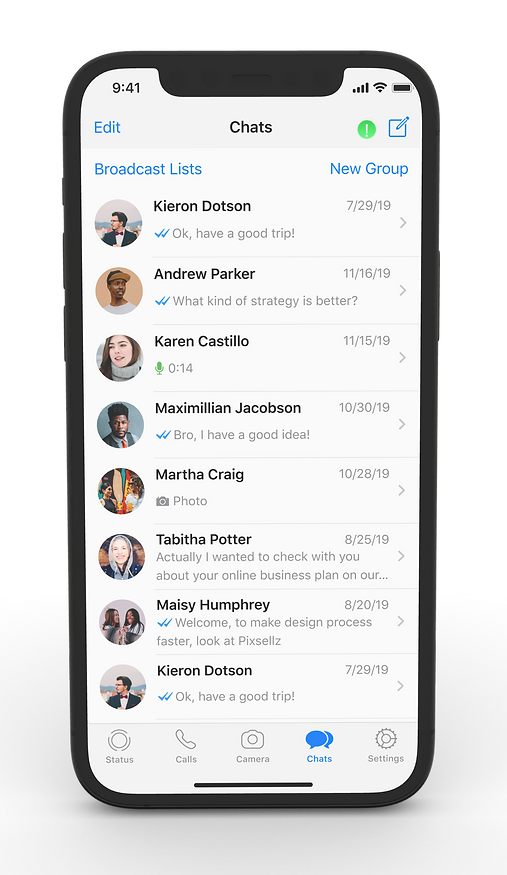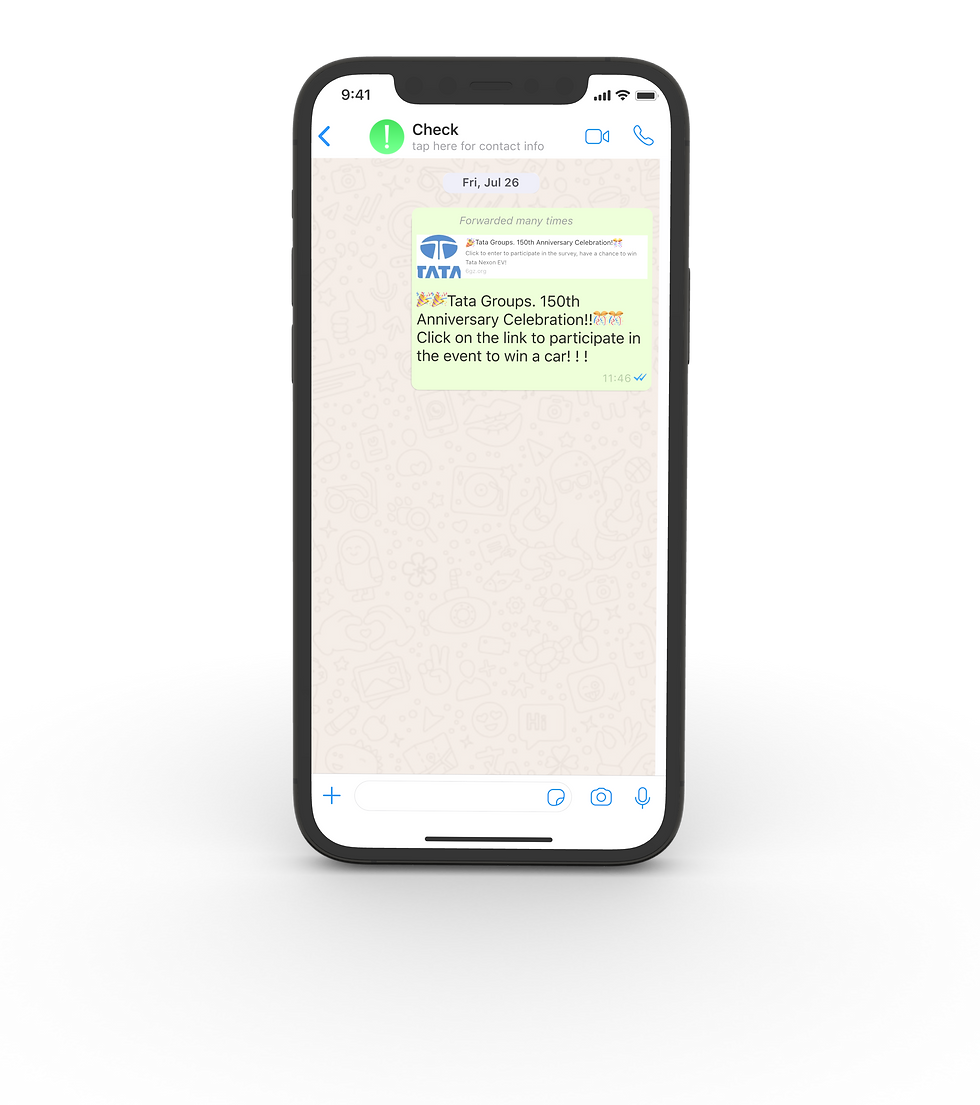MISINFORMATION AND THE PANDEMIC
Misinformation has changed our relationship with technology for a long period of time. However, with Covid-19 entering our lives at the end of 2019, there was a boom in misinformation and disinformation on various social media platforms and communication channels.
This project focuses on understanding the causes behind it as well as coming up with possible solutions for the problem.


My Role
Design Research, UI and UX Design
Duration
6 months
July - December 2021
The Team
Just Me!
What I Enjoyed The Most
Working alone for the first time and trusting my judgement on design decisions.
The Start
As a part of my final year Pre-Thesis, we were given the topic of ‘Understanding Technology after the Covid-19 pandemic. After conducting my initial research, I chose to look at the conveyance of information to the public and specifically how misinformation has affected our society after the pandemic.
Reading up
Based on the above questions, I conducted intensive secondary research. Some of the themes that emerged from the secondary research were :
-
The initial confusion during the pandemic and how people took advantage of it.
-
Disinformation and its impacts
-
The difference in the spread of misinformation between various platforms
-
The Age Factor
-
Fear Psychosis and its impact
The People
In order to understand Whatsapp users, their needs, wants and pain points, I conducted interviews with 4 users of different age groups. Each interview was conducted online with a Semi- Structured Questionnaire.
The following user pain points were identified from the interviews :
75
years old
Frequent user of Whatsapp
Unable to differentiate between fake and real from screenshots of news from other social media platforms due to lack of use of other platforms
15
years old
Uses Whatsapp only for academic purposes
No immediate fact checking option available.
47
years old
Frequent user of Whatsapp
Very difficult to convince extremely biased individuals to stop sending fake news.
28
years old
Frequent user of Whatsapp
Hassle to use fact checking sites

The Issue
With Whatsapp’s end to end encryption preventing access to chats, how can the spread of misinformation further be curbed?
After the interviews, an important point that came up was to understand the user engagement algorithms and end to end encryption systems of various social media platforms. By conducting further research on these topics, I picked the communication platform Whatsapp to be my key focus.
WhatsApp is one of the most popular messaging apps with over 380 million users in India.
Misinformation on WhatsApp is spreading at an alarming rate, from fake news to scam messages.
WhatsApp has users of all ages, while open social media platforms are mostly used by younger people.

1
On the WhatsApp home screen, users can tap the green button at the top right to open the database of verified information.
Whatsapp Check
Whatsapp Check is a system through which users have access to a database of articles that have been going around on Whatsapp that have been debunked along with which users can also get any articles they receive with the 'forwarded many times' label fact checked with a bot chat.

5
A message will show if the article exists in other databases; if it does, it will be flagged and blocked from sharing.
If not found, users can choose to forward it to WhatsApp officials for review and receive the result later.



2
If an article is not listed there, they can tap the green chat button at the bottom right to start the fact check process.



3
This opens a chat with a bot where users can share any article or message they want verified.
4
The users will then receive an estimated time by which they will receive their result.



3 YEARS LATER
What would I do differently now? This was my first in depth project as a designer which I'm pretty proud of, but there are a few things I would change in my process / hope I had done differently then.
1
More Perspectives
Understood the issue from multiple perspectives and not just the end user.
2
Staying Unbiased
Involved the users a lot more in the process and co-design as much as possible.
Working alone meant staying unbiased was a challenge. A good way to work around this would've been to co-design more.
3
More Critical
Taken it slower and really gone into the depths of the topic and been more understanding of why this is such a complex issue.
Basically, as a service designer now and with a better understanding of how systems works, I would've taken time to understand the relationship between all the stakeholders a lot better.
